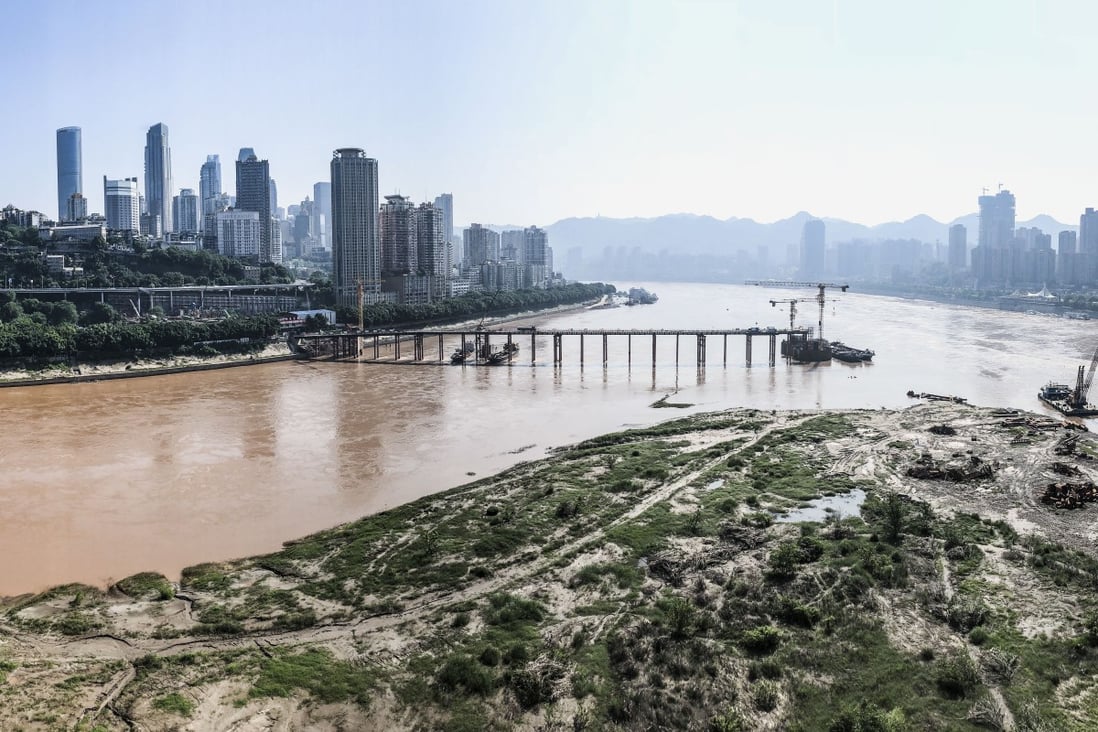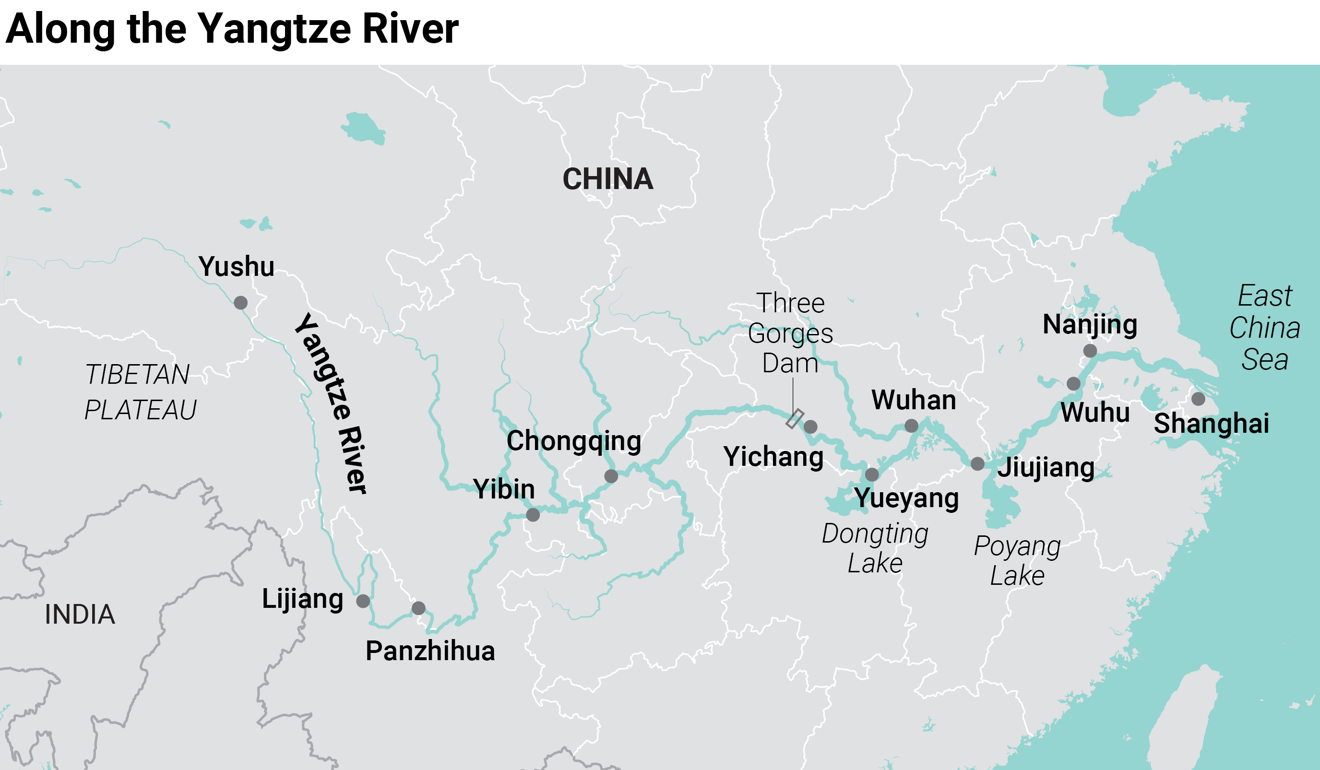MANILA: Some Philippine soldiers and Cabinet ministers have already received COVID-19 vaccine injections, officials said on Monday (Dec 28), despite an absence of regulatory approval that the country's health ministry said was vital to ensure safety.
Interior minister Eduardo Ano said some Cabinet members have already received COVID-19 vaccines and army chief Lieutenant General Cirilito Sobejana said some troops have been vaccinated but the number was not large. Neither said what brand of vaccine was administered.
The health ministry in a statement said all vaccines must first be evaluated by experts, and "only vaccines which have been approved and found to be safe should be administered".
Food and Drug Administration head Rolando Enrique Domingo said Philippine regulators have yet to approve any COVID-19 vaccine, making any importation, distribution and sale of one illegal.
Domingo warned the public that unapproved vaccines exposed them to "all sorts of dangers" and told CNN Philippines that side effects were possible "especially if you don't know how these things have been handled".
So far only Pfizer has applied for emergency use approval of its COVID-19 vaccine in the Philippines, while Sinovac, Gamaleya, Johnson & Johnson's Janssen and Clover's late-stage trial applications have yet to be approved
Health Undersecretary Maria Rosario Vergeire said the ministry had no information about the soldiers' vaccination and military spokesman Colonel Edgard Arevalo said there had been no inoculation sanctioned by the armed forces leadership.
The Presidential Security Group (PSG) ,which is tasked with protecting Duterte, said some of its personnel have already been inoculated.
"The PSG administered COVID-19 vaccine to its personnel performing close-in security operations to the president," unit chief Brigadier General Jesus Durante said in a statement, without specifying how many got the drug.
Duterte has not been vaccinated, according to his spokesman, Harry Roque, who said he had no problem with soldiers being given the shots and protecting themselves.
During a televised meeting with health officials on Saturday, Duterte said "almost all" soldiers have already been inoculated.
He said "many", without identifying who, in the Philippines had received a COVID-19 vaccine developed by China National Pharmaceutical Group (Sinopharm).
Sinopharm could not be immediately reached for comment.
Asked if the soldiers' vaccination was authorised by the president's office, Sobejana said: "Well of course, our president is our commander-in-chief."
Roque said on Monday the Sinopharm drug was given to the soldiers, confirming Duterte's comments at the weekend that "a select few" had been inoculated with the Chinese vaccine.
He played down concerns about the safety of the Sinopharm drug, saying it was meant to send a message of hope to Filipinos.
"The news is that the vaccine is already here and if we cannot be given Western vaccines, our friend and neighbour China is willing to give us vaccines," Roque said.
"It's not prohibited under the law to get inoculated with an unregistered (vaccine). What is illegal is the distribution and selling."









